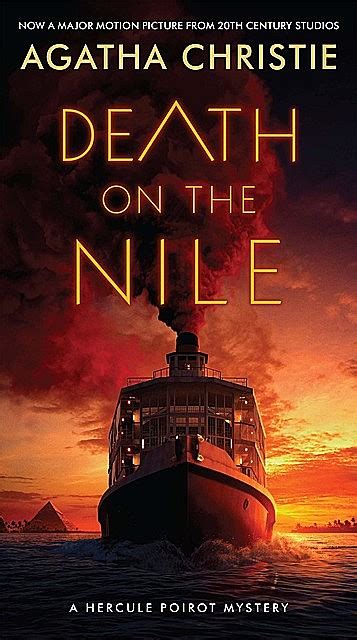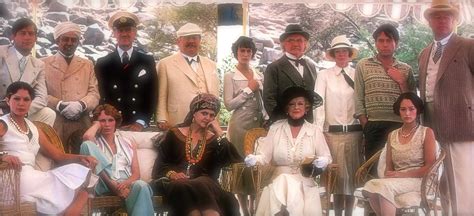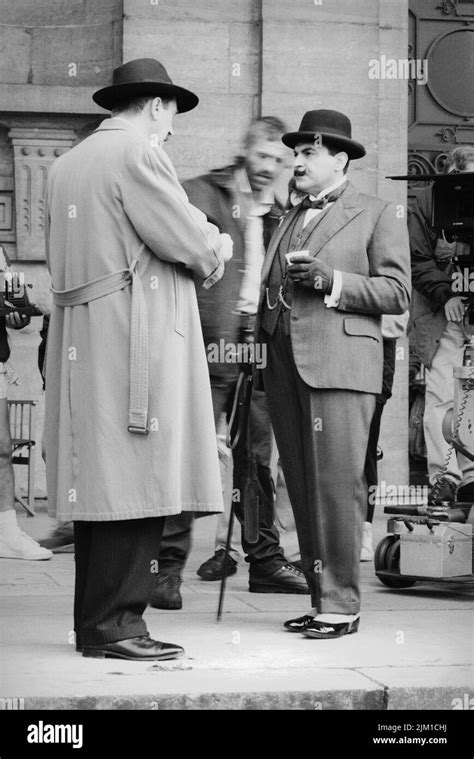Death on the Nile Agatha Christie

Agatha Christie's "Death on the Nile" is a seminal work in the detective fiction genre, first published in 1937. This intricately plotted novel follows the iconic detective Hercule Poirot as he investigates the murder of a wealthy heiress, Linnet Doyle, while on a luxurious cruise along the Nile River. The novel's complex web of characters, motives, and alibis has captivated readers for generations, making it one of Christie's most beloved and enduring works.
The Plot and Characters

The story begins with the introduction of Linnet Ridgeway, a beautiful and wealthy young woman who has recently married Simon Doyle, a man of lower social standing. The newlyweds embark on a luxurious honeymoon cruise along the Nile, where they are joined by a diverse group of passengers, including Hercule Poirot. However, the tranquility of the cruise is disrupted when Linnet is found dead, shot in the head while sleeping in her cabin. As Poirot investigates the crime, he uncovers a complex web of relationships, motives, and alibis among the passengers, making it a challenging task to identify the killer.
Investigation and Twists
Poirot’s investigation is characterized by his meticulous attention to detail and his ability to piece together seemingly unrelated facts. Through a series of interviews and observations, he uncovers a range of potential motives for the murder, including jealousy, revenge, and financial gain. As the investigation progresses, Poirot must navigate a complex web of alliances and rivalries among the passengers, all while keeping his famous “little grey cells” sharp and focused on the task at hand.
| Character | Motive |
|---|---|
| Simon Doyle | Financial gain |
| Jacqueline de Bellefort | Jealousy and revenge |
| Miss Van Schuyler | Protection of family reputation |
| Tim Allerton | Protection of sister's reputation |

Key Points
- The novel features a complex and intricate plot with multiple twists and turns.
- Hercule Poirot's investigation is characterized by his attention to detail and ability to piece together seemingly unrelated facts.
- The novel explores themes of jealousy, revenge, and financial gain, making it a classic example of detective fiction.
- Christie's use of red herrings and misdirection adds to the novel's complexity and keeps readers guessing until the end.
- The novel's setting, a luxurious cruise along the Nile, adds to its sense of glamour and sophistication.
Themes and Symbolism

Beyond its engaging plot, “Death on the Nile” also explores a range of themes and symbolism that add depth and complexity to the novel. One of the primary themes is the corrupting influence of wealth and power, as embodied by the wealthy and beautiful Linnet Doyle. The novel also explores the tensions between old money and new, as well as the social hierarchies that govern the relationships among the passengers.
Symbolism of the Nile
The Nile River itself serves as a symbol of change, transformation, and renewal. As the cruise ship travels along the Nile, the passengers are forced to confront their own personal demons and secrets, leading to a range of revelations and transformations. The Nile also represents a kind of liminal space, where the usual social rules and conventions are suspended, and people are free to behave in ways that they might not in their normal lives.
The novel's use of symbolism and themes adds a layer of depth and complexity to the plot, making it a rich and rewarding read for fans of detective fiction. As with all of Christie's works, "Death on the Nile" is a masterclass in plotting, characterization, and atmosphere, making it a must-read for anyone interested in the genre.
What is the central plot of "Death on the Nile"?
+The central plot of "Death on the Nile" revolves around the murder of Linnet Doyle, a wealthy heiress, while on a luxurious cruise along the Nile River. Hercule Poirot investigates the crime, uncovering a complex web of relationships, motives, and alibis among the passengers.
What themes are explored in the novel?
+The novel explores themes of jealousy, revenge, financial gain, and the corrupting influence of wealth and power. It also examines the tensions between old money and new, as well as the social hierarchies that govern the relationships among the passengers.
What is the significance of the Nile River in the novel?
+The Nile River serves as a symbol of change, transformation, and renewal. It represents a kind of liminal space, where the usual social rules and conventions are suspended, and people are free to behave in ways that they might not in their normal lives.
In conclusion, “Death on the Nile” is a masterpiece of detective fiction that continues to captivate readers with its intricate plot, complex characters, and exploration of themes and symbolism. As a work of literature, it remains a testament to Agatha Christie’s skill and craftsmanship as a writer, and its enduring popularity is a tribute to the power of her storytelling.



